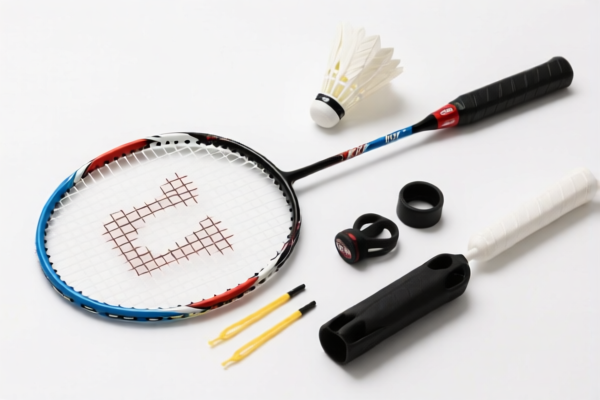| HS Code | Official Doc | Tariff Rate | Origin | Destination | Effective Date |
|---|---|---|---|---|---|
| 3926904000 | Doc | 32.8% | CN | US | 2025-05-12 |
| 3926909910 | Doc | 42.8% | CN | US | 2025-05-12 |
| 3923900080 | Doc | 58.0% | CN | US | 2025-05-12 |
| 7326110000 | Doc | 80.0% | CN | US | 2025-05-12 |
| 7325910000 | Doc | 82.9% | CN | US | 2025-05-12 |
| 7325991000 | Doc | 80.0% | CN | US | 2025-05-12 |




Mixing Ball
A mixing ball, also known as a paint shaker ball, is a small, typically spherical object used to assist in thoroughly blending components within a container.
Material
Mixing balls are commonly manufactured from:
- Steel: Provides significant weight for effective agitation. Often coated to prevent corrosion and contamination of the mixture.
- Ceramic: Inert and non-reactive, suitable for sensitive formulations.
- Glass: Allows visual inspection of the mixing process.
- Plastic: Lightweight and cost-effective, appropriate for less demanding applications.
Purpose
The primary purpose of a mixing ball is to break up clumps, disperse pigments, and ensure a homogenous mixture. This is achieved through mechanical agitation as the ball moves within the container when shaken, stirred, or rolled.
Function
The function relies on kinetic energy transfer. When the container is moved, the ball collides with the container walls and the components inside, creating impact and friction. This physical action:
- Disperses solids in liquids.
- Homogenizes liquids of varying viscosities.
- Prevents settling of particles.
- Reduces surface tension between components.
Usage Scenarios
- Paint Mixing: The most common application, used to blend pigments, thinners, and additives in paint cans.
- Resin Mixing: Facilitates the combination of resin and hardener, crucial for epoxy and other resin-based products.
- Automotive Refinishing: Used with automotive paints and coatings to ensure proper color and finish.
- Cosmetics & Personal Care: Employed in small-batch production to blend ingredients for lotions, creams, and other formulations.
- Industrial Applications: Used in various industries for mixing adhesives, sealants, and other chemical compounds.
Common Types
- Single Balls: The most basic type, available in various sizes and materials.
- Multiple Balls: Utilizing several balls within a single container for increased agitation.
- Rust-Resistant Balls: Steel balls with coatings to prevent corrosion, ideal for water-based mixtures.
- Agitator Balls: Balls with specific surface textures or shapes designed to enhance mixing efficiency.
- Ceramic Balls: Used in applications requiring chemical inertness and purity.
Based on the provided information, “mixing ball” can be classified under several HS codes, depending on the material and application. Here's a breakdown:
- 7326110000: Other articles of iron or steel: Forged or stamped, but not further worked: Grinding balls and similar articles for mills. This code applies to mixing balls made of iron or steel, specifically those that are forged or stamped and not subject to further processing. The tax rate is 0.0% basic tariff, 25.0% additional tariff, and 30% additional tariff after April 2, 2025, resulting in a total tax rate of 80.0%. Note that steel and aluminum products are subject to an additional 25% tariff.
- 7325910000: Other cast articles of iron or steel: Other: Grinding balls and similar articles for mills. This code is applicable to cast iron or steel mixing balls used in mills. The tax rate is 2.9% basic tariff, 25.0% additional tariff, and 30% additional tariff after April 2, 2025, totaling 82.9%. Again, steel and aluminum products have an additional 25% tariff.
- 3926904000: Other articles of plastics and articles of other materials of headings 3901 to 3914: Other: Imitation gemstones. If the mixing ball is made of plastic and is used as an imitation gemstone, this HS code applies. The tax rate is 2.8% basic tariff, 0.0% additional tariff, and 30% additional tariff after April 2, 2025, resulting in a total tax rate of 32.8%.
Regarding HS codes 7326110000 and 7325910000, please note the need to verify the material (steel or iron) and be aware that steel and aluminum products are subject to an additional 25% tariff.
Customer Reviews
No reviews yet.